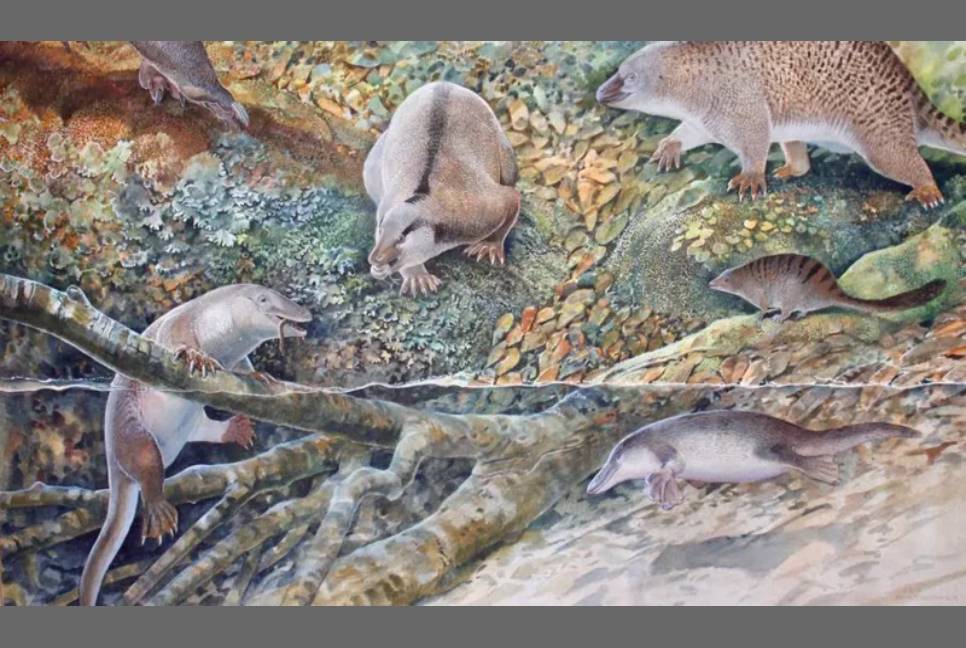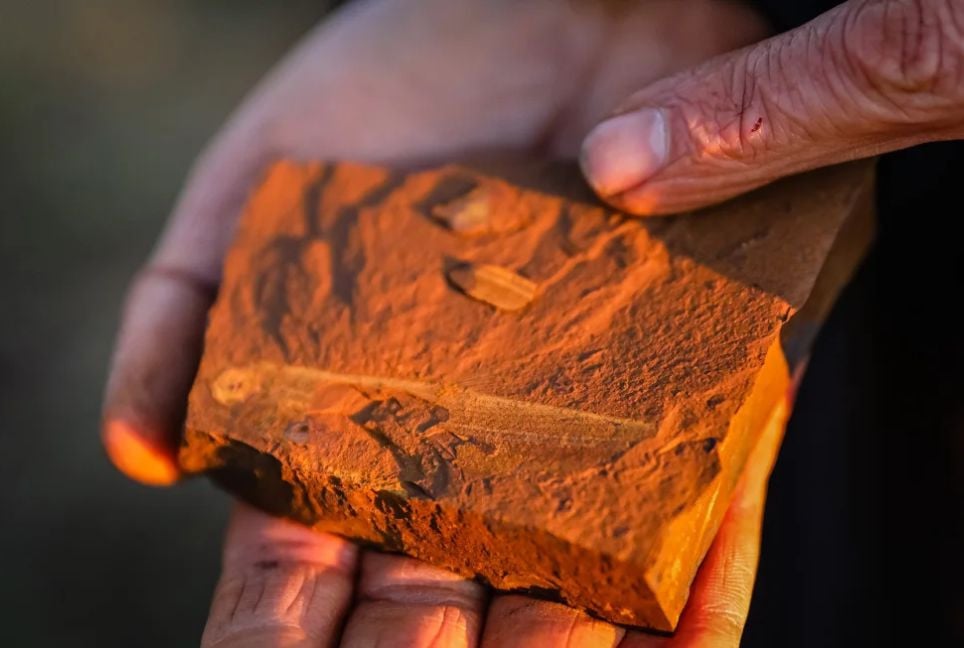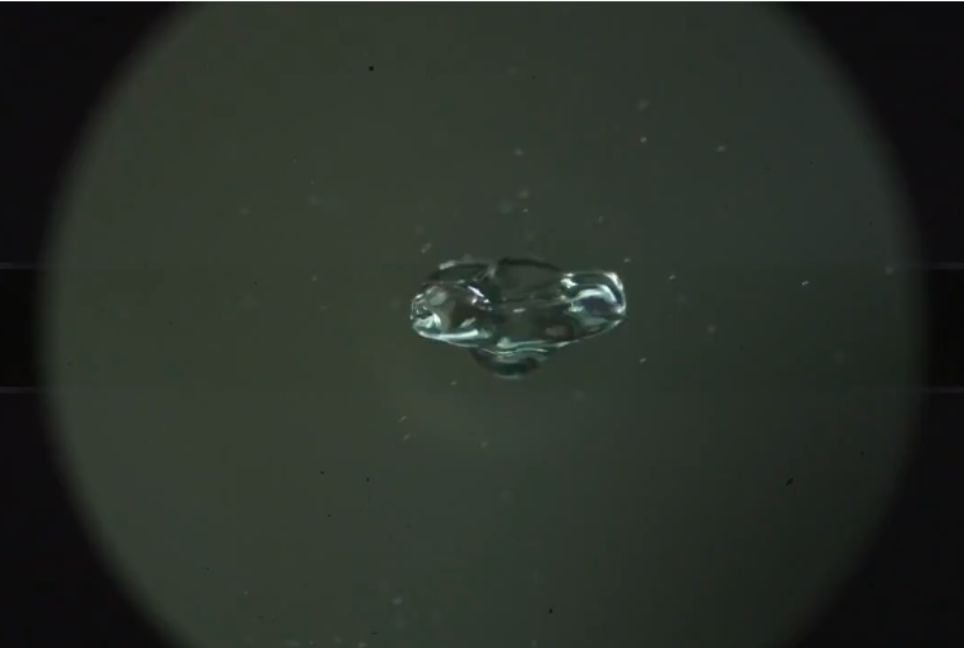Australian scientists have discovered a bizarre creature dubbed the "echidnapus" which they believe roamed Australia in prehistoric times.
Fossilised pieces of the animal's jaw bone were found in opal fields in northern New South Wales, alongside evidence of several other ancient and now extinct monotreme species, BBC reported.
Officially named Opalios splendens, the new species has been nicknamed for its resemblance to the platypus and echidna - which are the only egg-laying mammals in the world today.
The team behind the research say it indicates that Australia once had an "age of monotremes" - in which the incredibly rare order of animals were abundant and dominant.
"It’s like discovering a whole new civilisation,” lead author Professor Tim Flannery said.
The array of fossils were found about 25 years ago by palaeontologist Elizabeth Smith and her daughter Clytie while they were going through the discards of an opal mine.
They donated the specimens - estimated to be about 100 million years old - to the Australian Museum, where they sat forgotten in a drawer until about two years ago.
Prof Flannery, a mammalogist, says he stumbled across them and immediately knew they were from ancient monotremes.
Some of the bones belonged to the already-discovered Steropodon galmani, a shorter, stumpier and toothier ancestor of the platypus.
But the other fragments were unfamiliar. From them, Dr Flannery and his team discovered evidence of three species previously unknown to science, findings which were published in Alcheringa: An Australasian Journal of Palaeontology on Monday.
The critters had combinations of features never seen before - in living or fossil monotremes, said Director of the Australian Museum Research Institute Professor Kris Helgen, who also worked on the paper.
The study's authors hope their paper will encourage more funding for more targeted digs in the region, to support their findings.
bd-pratidin/GR


































































